Isamu Noguchi's unrealised playground design revealed in New York
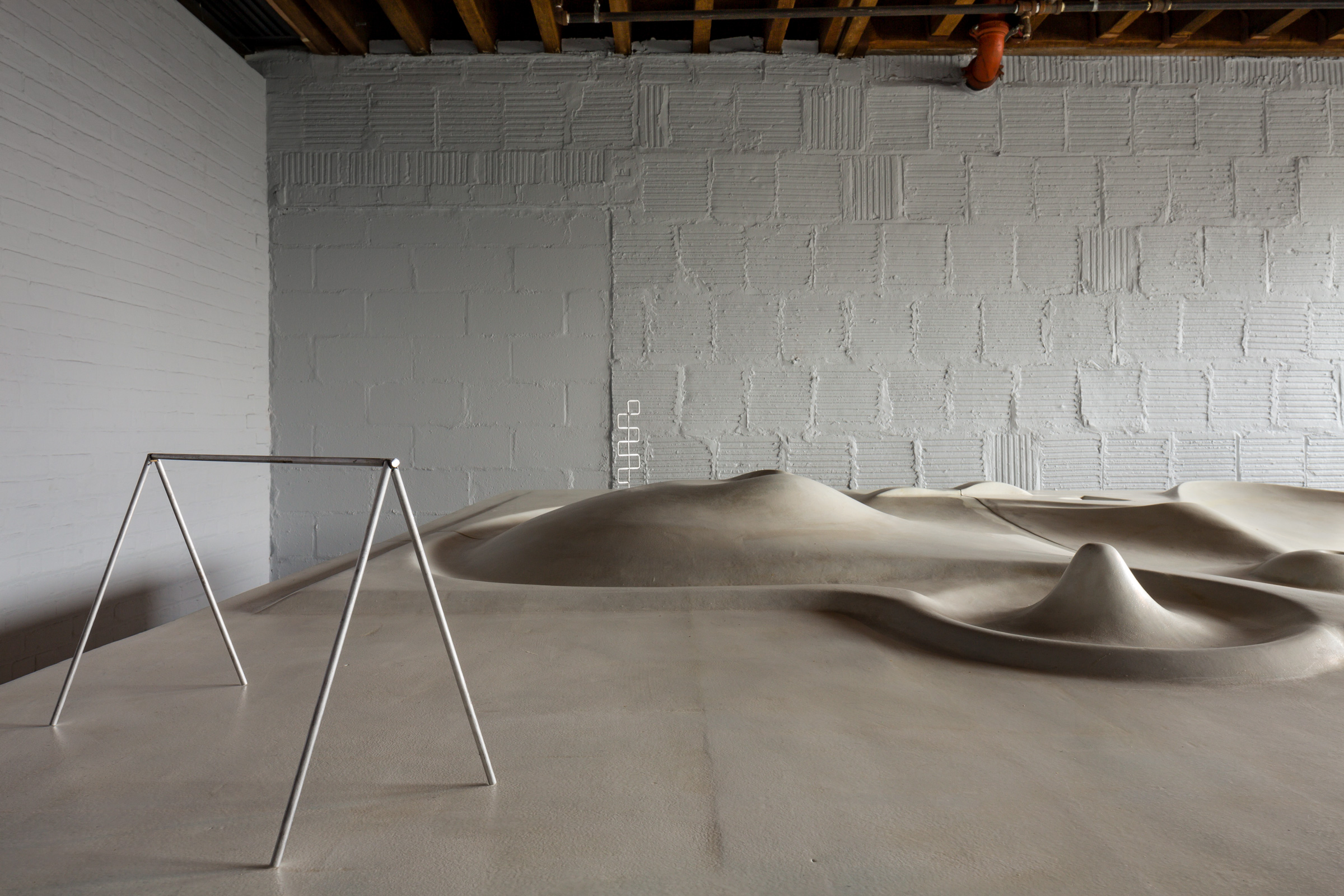
Isamu Noguchi’s sculpture and design work might seem focused on the individual’s experience, but in fact, the legendary artist also greatly considered the realm of public space, too. In a new exhibition currently on view at The Noguchi Museum in Queens, New York, one of Noguchi’s unrealised designs for a playground takes centre stage.
Created in 1941, ‘Contoured Playground’ was a concept utilising ‘earth modulations’ to delineate a landscape where children could play. Like many of Noguchi’s other designs for playgrounds, it was never built, though one archival photograph clearly depicts the fully completed concept in a two x two ft plaster model, which Noguchi cast of the design.
It’s from this photo that the museum has created a 10 ft square enlargement of the original model, along with recreations of the original playground equipment that Noguchi had designed for it. (The equipment proposals were only ever documented in one archival photograph.)
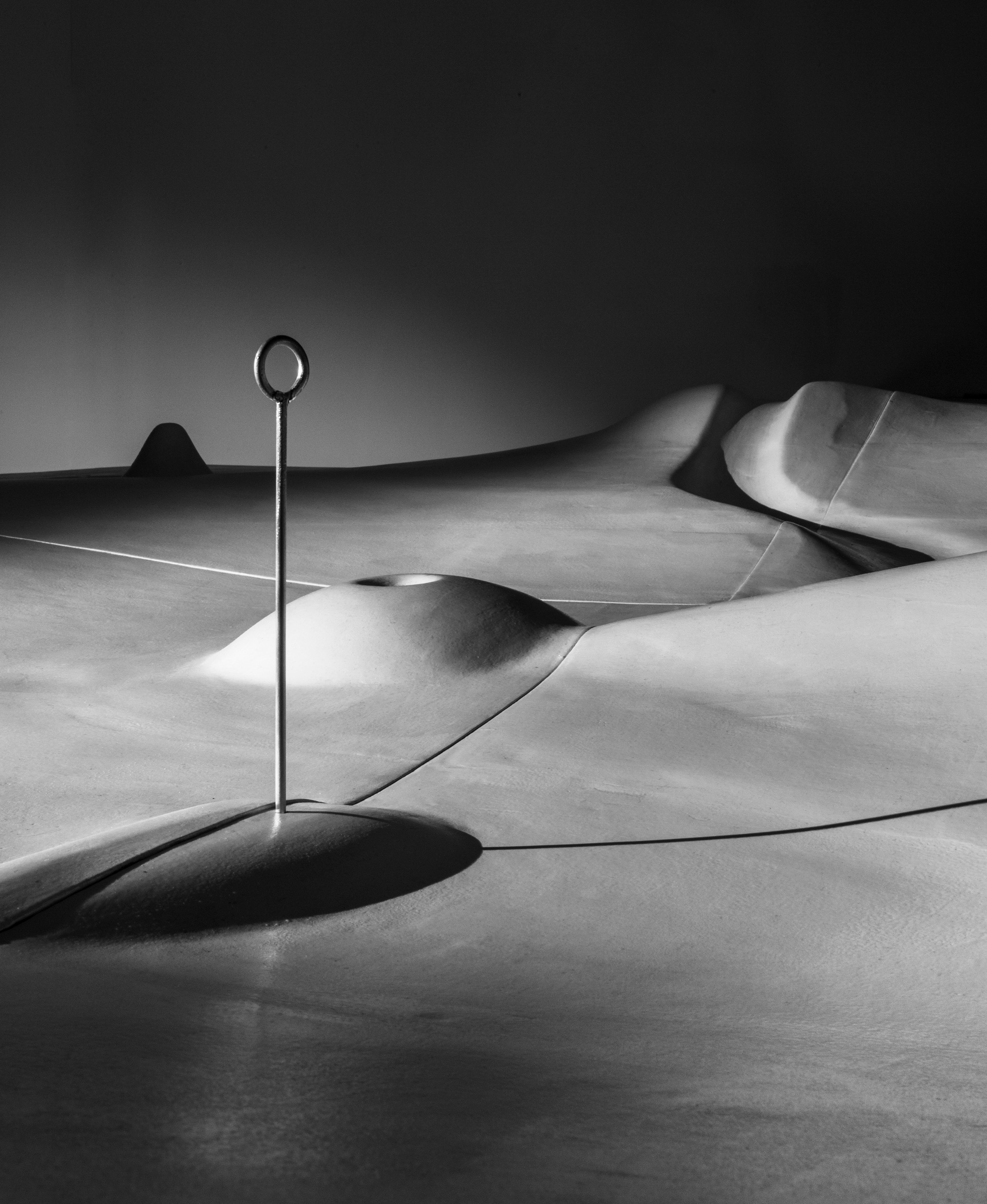
Model of Isamu Noguchi's ‘Contoured Playground’ (1941), fabricated 2018-2019.
The installation is further complemented by a 1:1 scale silhouette of the topography that Noguchi envisioned for the playground, giving viewers the feeling of standing at the heart of it, should it have ever been built. Co-curated with Naomi Frangos, an architect and visiting associate professor at Cornell University, the exhibition also featured is a bronze cast version of the original model, which dates from 1963, together with several other schematic interpretations of the playground space that all provide a multilayered experience of understanding this large-scale, unrealised design.
Noguchi’s other explorations in spatial design can be further seen in an additional curation of models, being presented at the same time. Five designs for projects have been grouped together to form ‘Models for Spaces’, a secondary exhibition highlighting some of Noguchi’s endeavours where little is known. These include a model for gardens for the Connecticut General Life Insurance Company (1956-57), which did get built, a memorial to Buddha (1957) in New Delhi, India, which was never realised, as well as a design for a stone and water terrace in the atrium of the Sogetsu Flower Arranging School (1977-78) that was realised.
Viewed as a whole, both exhibitions exemplify Noguchi’s belief in sculpture’s ability to manipulate our experience of space. In his own words, ‘If sculpture is the rock, it is also the space between the rock and a man, and the communication and contemplation between.’
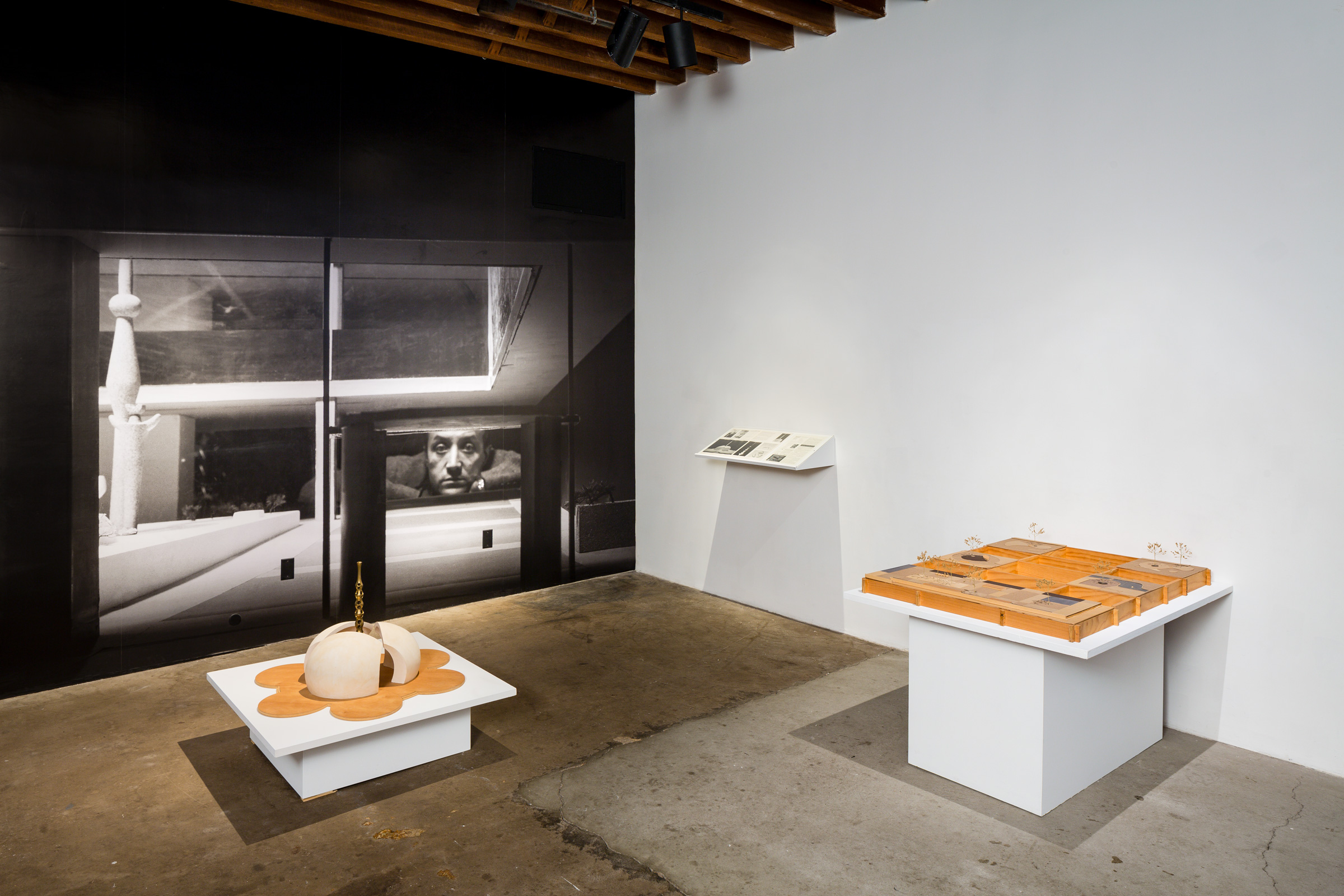
An installation view of ‘Models for Spaces’ at The Noguchi Museum.
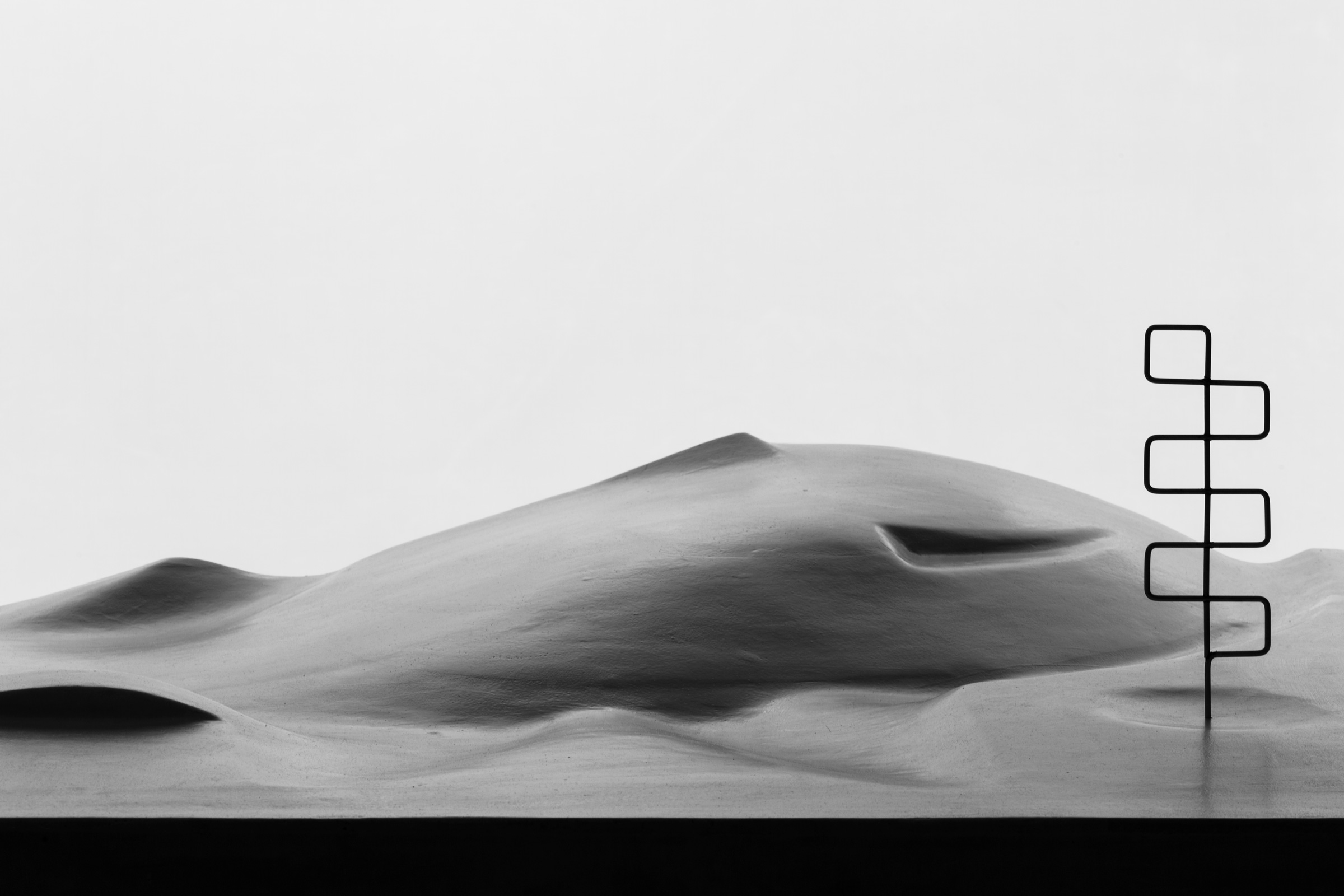
Model of Isamu Noguchi's ‘Contoured Playground’ (1941)
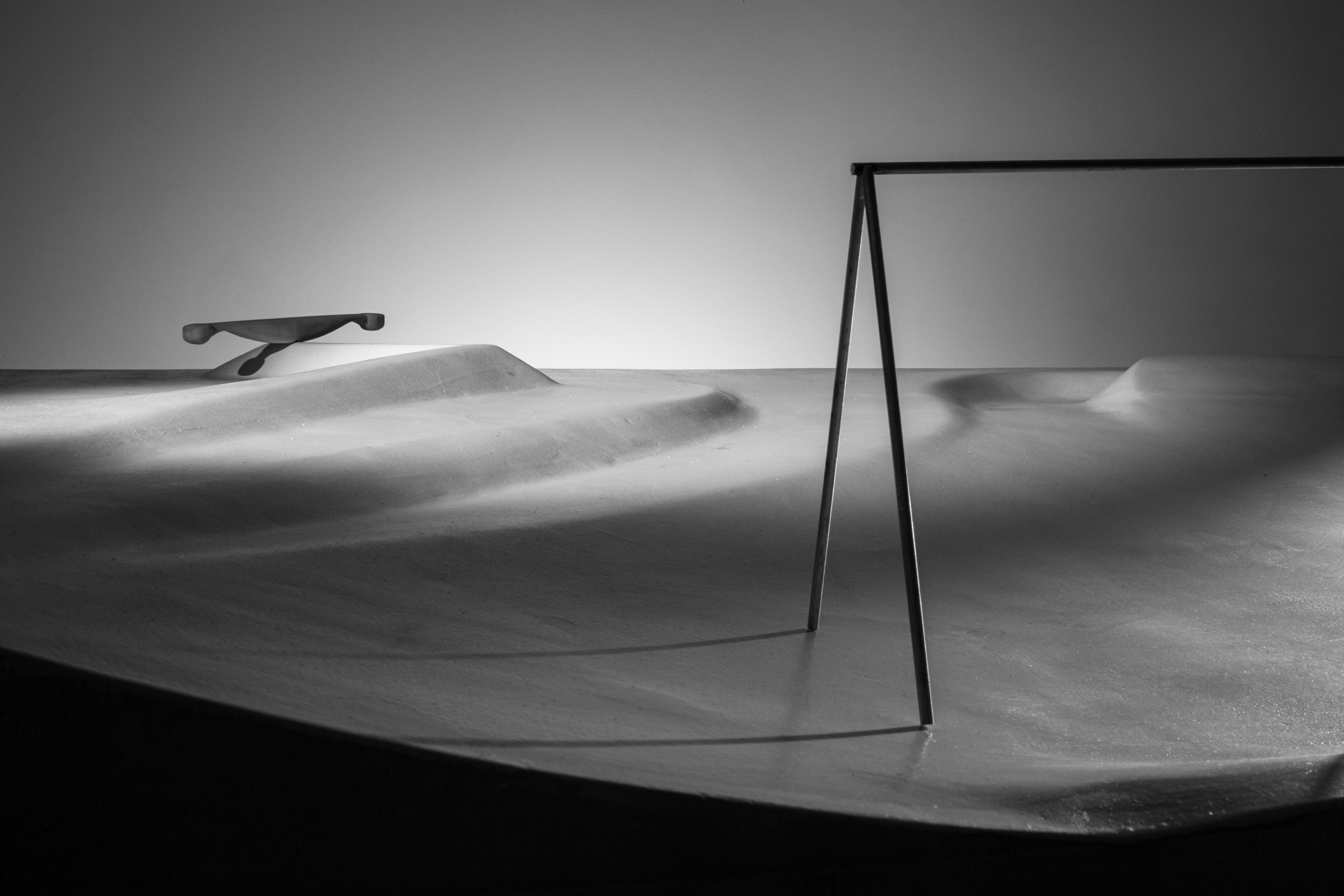
Model of Isamu Noguchi's ‘Contoured Playground’ (1941).
INFORMATION
‘In Search of Contoured Playground’ and ‘Models for Spaces’ are on view until 2 February 2020. noguchi.org
ADDRESS
The Noguchi Museum
9-01 33rd Road (at Vernon Boulevard)
Long Island City
New York
Receive our daily digest of inspiration, escapism and design stories from around the world direct to your inbox.
Pei-Ru Keh is a former US Editor at Wallpaper*. Born and raised in Singapore, she has been a New Yorker since 2013. Pei-Ru held various titles at Wallpaper* between 2007 and 2023. She reports on design, tech, art, architecture, fashion, beauty and lifestyle happenings in the United States, both in print and digitally. Pei-Ru took a key role in championing diversity and representation within Wallpaper's content pillars, actively seeking out stories that reflect a wide range of perspectives. She lives in Brooklyn with her husband and two children, and is currently learning how to drive.
-
 Volvo’s quest for safety has resulted in this new, ultra-legible in-car typeface, Volvo Centum
Volvo’s quest for safety has resulted in this new, ultra-legible in-car typeface, Volvo CentumDalton Maag designs a new sans serif typeface for the Swedish carmaker, Volvo Centum, building on the brand’s strong safety ethos
-
 We asked six creative leaders to tell us their design predictions for the year ahead
We asked six creative leaders to tell us their design predictions for the year aheadWhat will be the trends shaping the design world in 2026? Six creative leaders share their creative predictions for next year, alongside some wise advice: be present, connect, embrace AI
-
 10 watch and jewellery moments that dazzled us in 2025
10 watch and jewellery moments that dazzled us in 2025From unexpected watch collaborations to eclectic materials and offbeat designs, here are the watch and jewellery moments we enjoyed this year
-
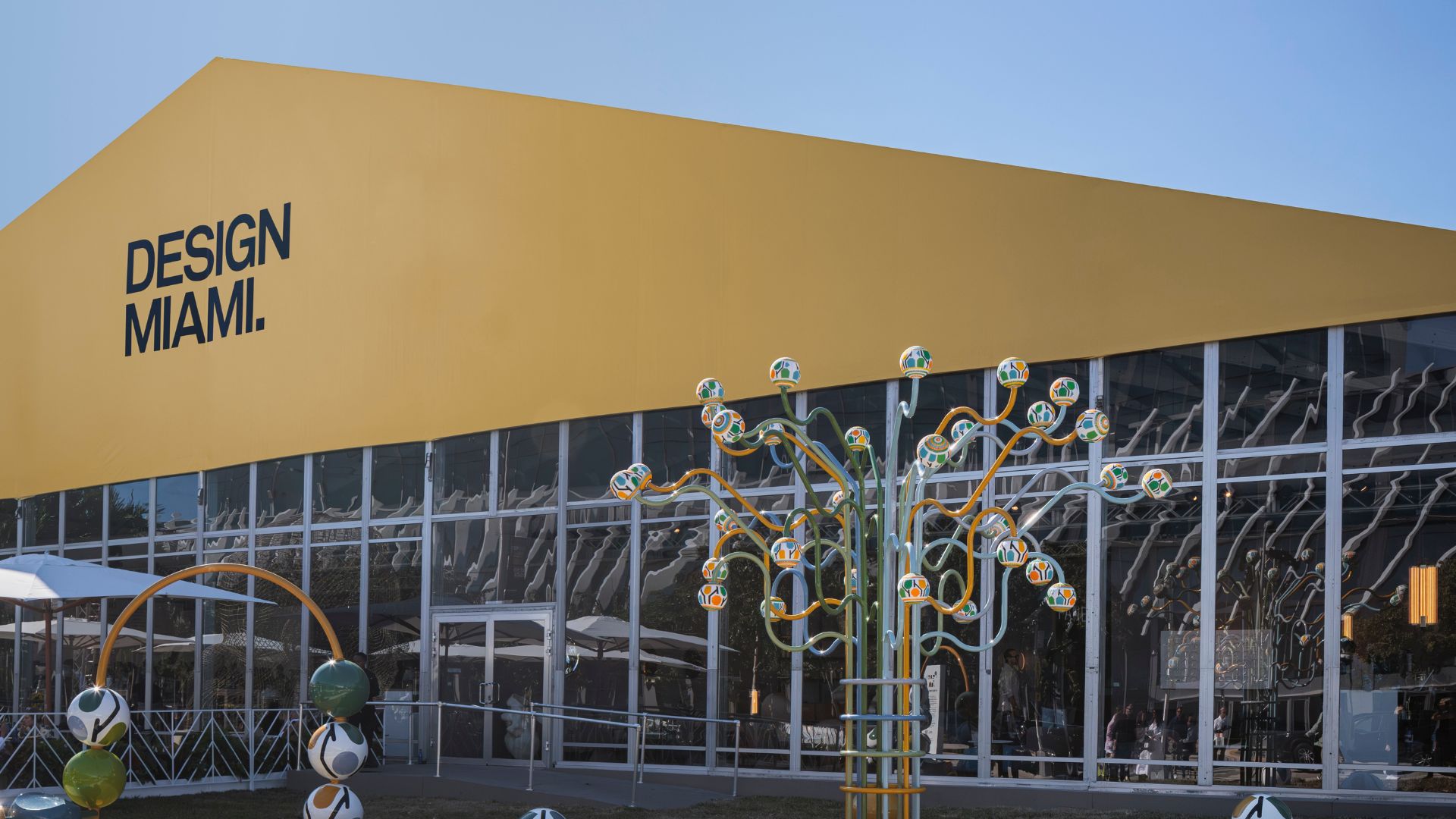 Everything you need to know about Design Miami 2025
Everything you need to know about Design Miami 2025The collectible design fair returns to Miami Beach in December for its 21st edition, alongside a vast array of art and cultural events across the city
-
 Best of Design Miami Paris 2025: animal sculptures and musical ping-pong tables
Best of Design Miami Paris 2025: animal sculptures and musical ping-pong tablesDesign Miami Paris returns to the Hôtel de Maisons (until 26 October 2025): here are the Wallpaper* highlights
-
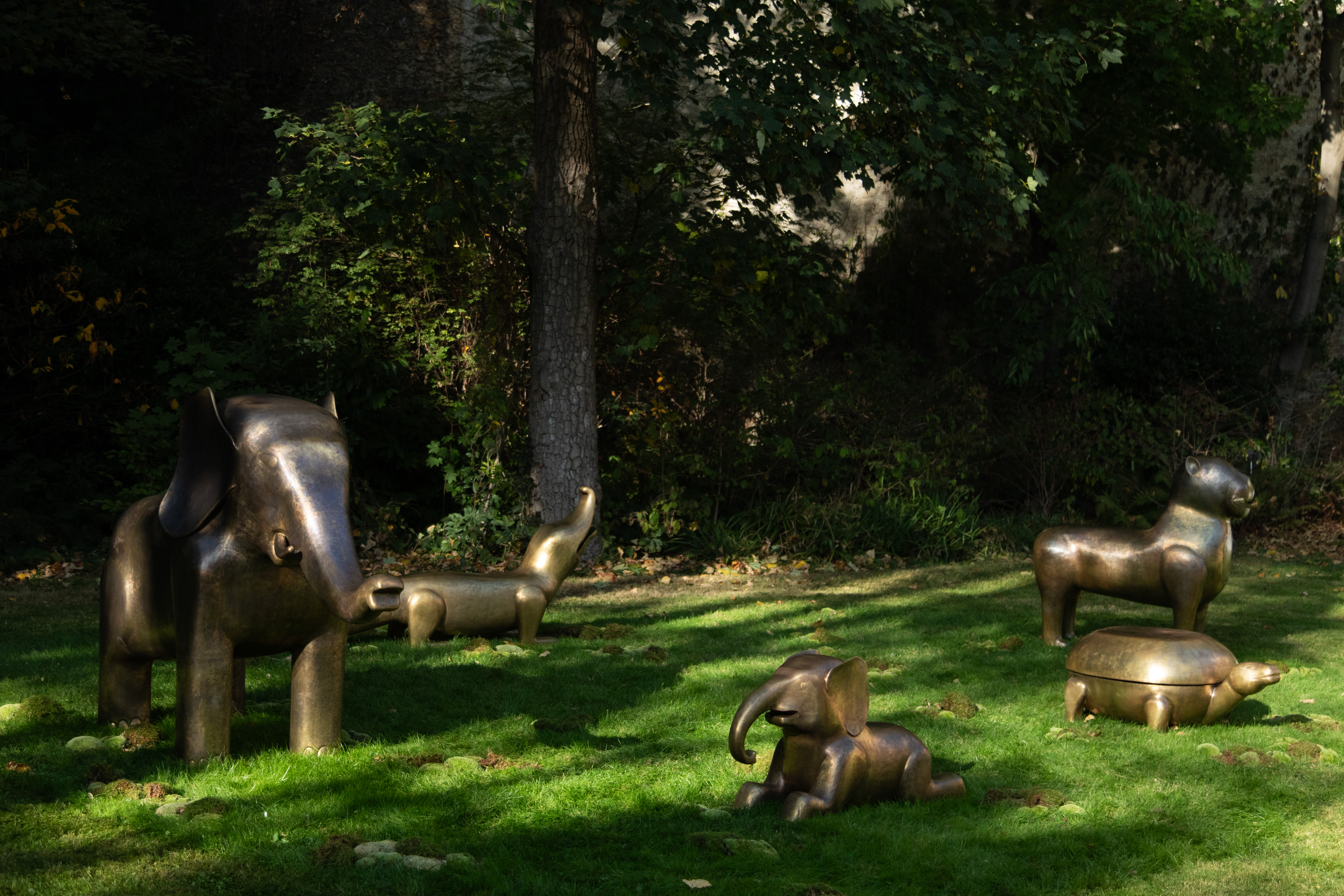 At Design Miami Paris, an artful menagerie tells a story of scent and nature
At Design Miami Paris, an artful menagerie tells a story of scent and natureVikram Goyal and Sissel Tolaas present ‘The Soul Garden’ at Design Miami Paris (until 26 October 2025), ‘a contemporary fable where the animals take new forms, reimagined for the world we live in today’
-
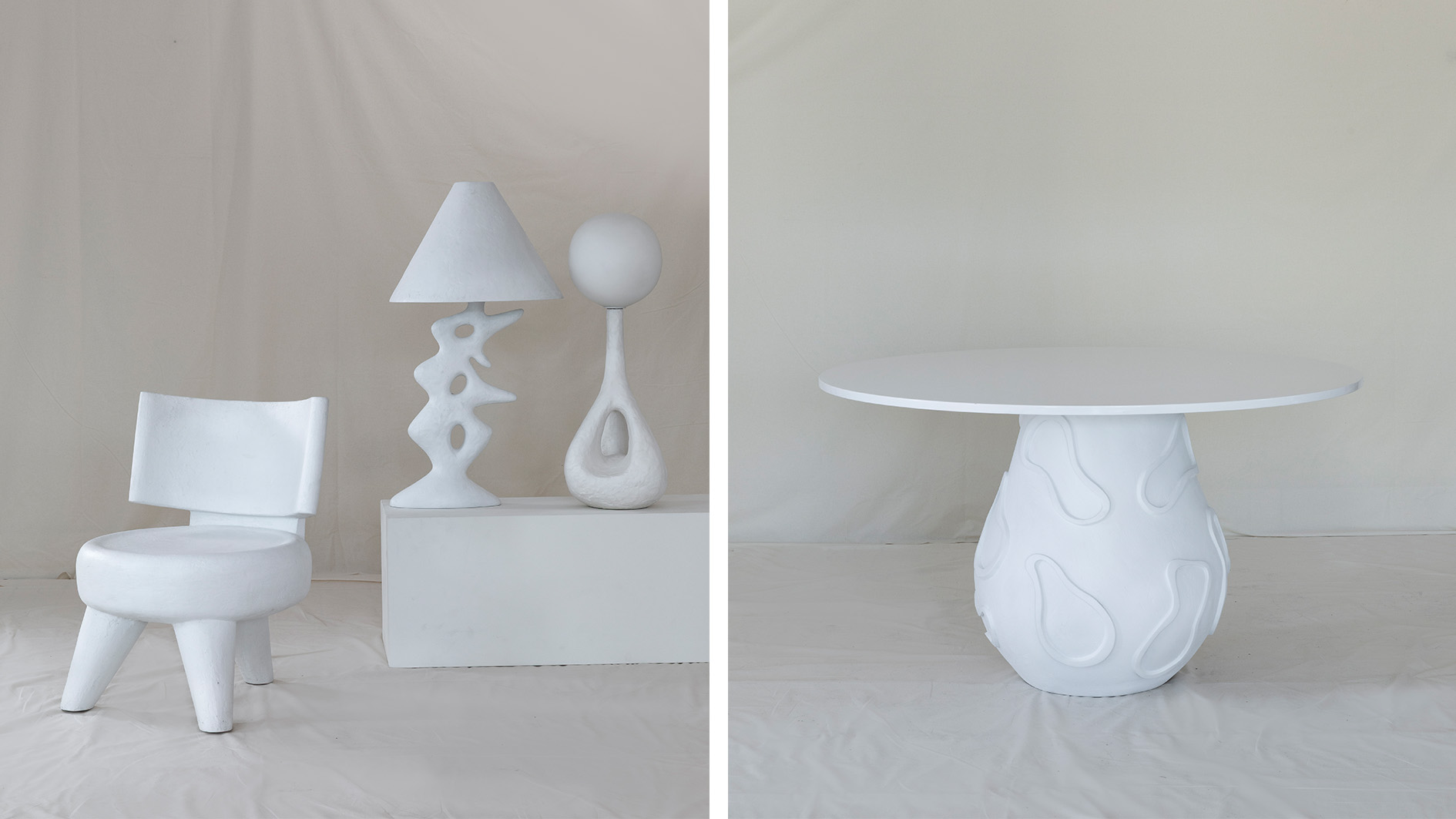 Ralph Pucci’s new Provence exhibition celebrates sculpture in its purest form
Ralph Pucci’s new Provence exhibition celebrates sculpture in its purest formTo mark 70 years of Ralph Pucci International, the New York gallery is collaborating with top designers to bring scaled, textural forms to Château La Coste
-
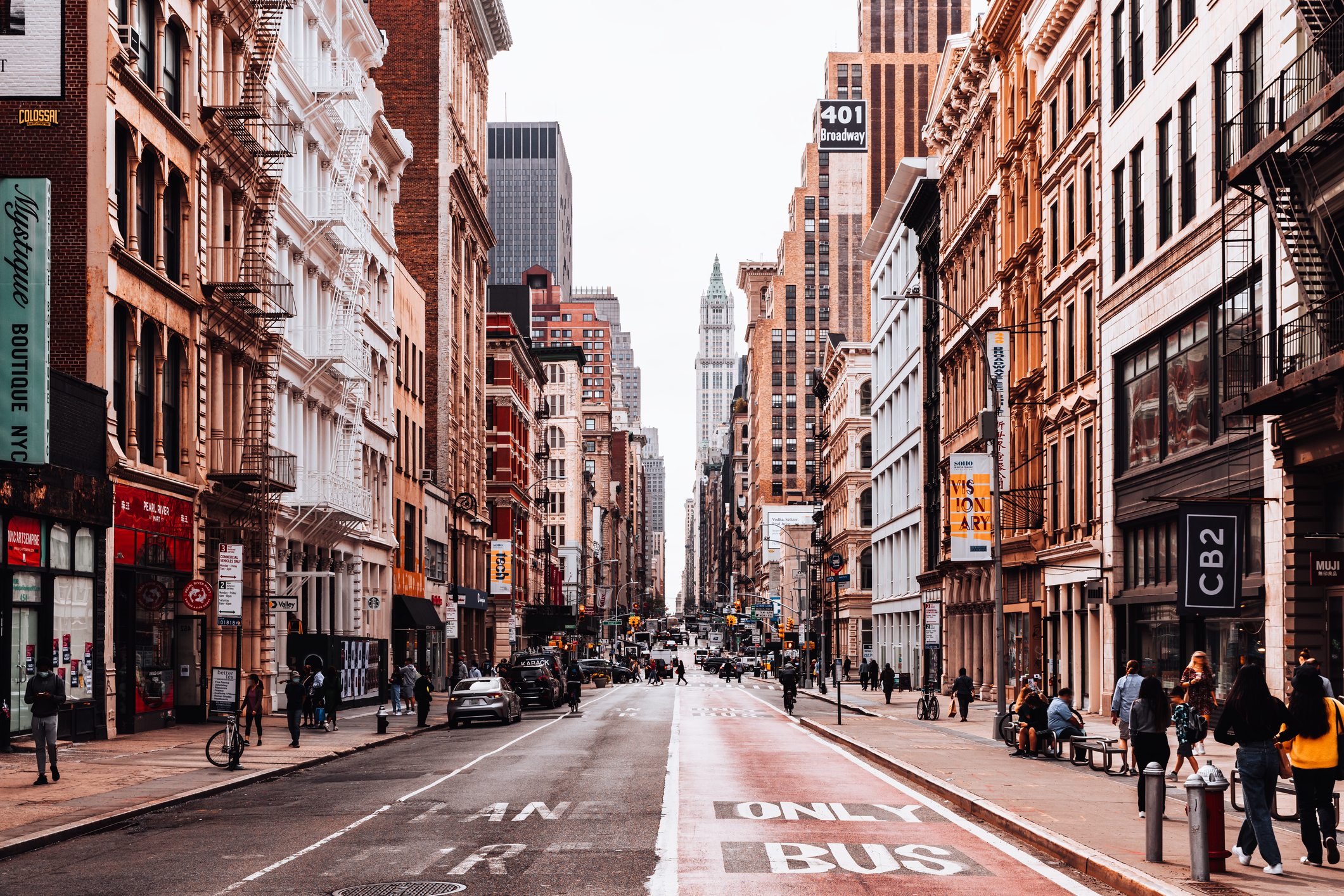 New York Design Week 2025: live updates from the Wallpaper* team
New York Design Week 2025: live updates from the Wallpaper* teamNow through 21 May, design is taking over the Big Apple. Here's the latest news, launches and other goings-on from NYCxDesign, as seen by Wallpaper* editors.
-
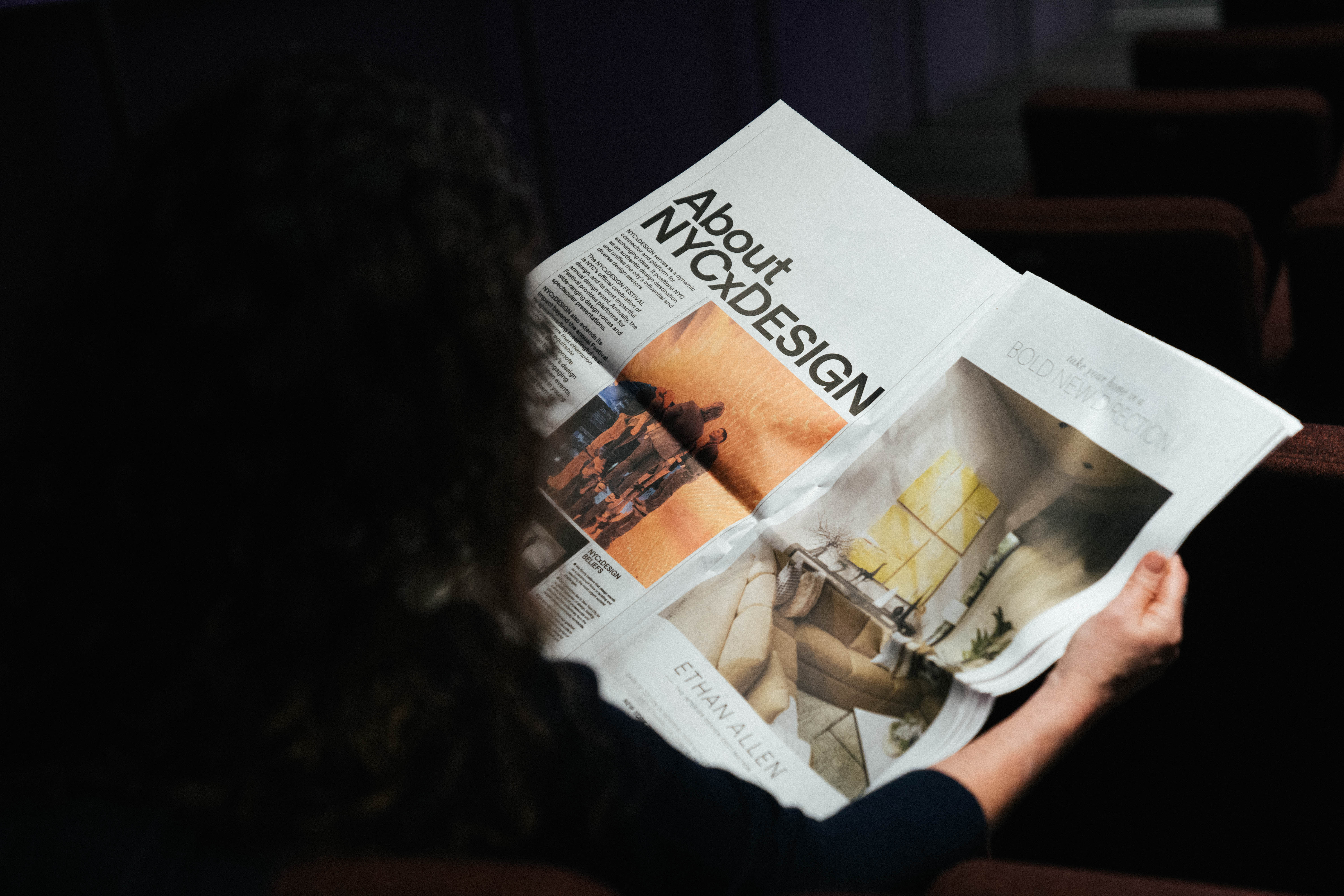 What not to miss at NYCxDesign 2025, according to our editors
What not to miss at NYCxDesign 2025, according to our editorsFrom mega furniture fairs to can't-miss parties, here's what to catch at North America's biggest celebration of design
-
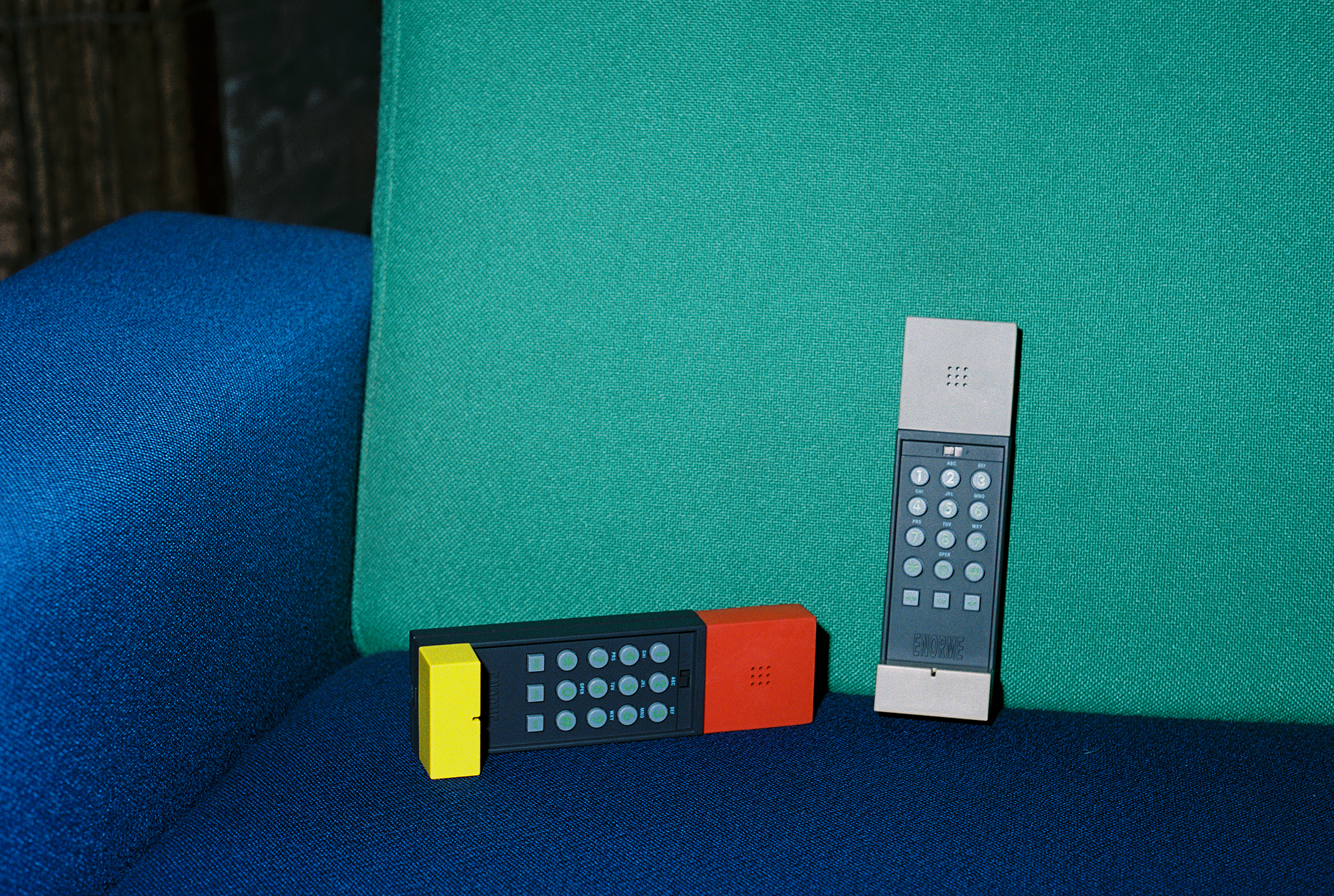 Basic.Space launches its first IRL shopping event – in an empty West Hollywood mall
Basic.Space launches its first IRL shopping event – in an empty West Hollywood mallWith the launch of its first in-person event in LA this weekend, the e-commerce platform is looking to bring collectible design to a whole new audience
-
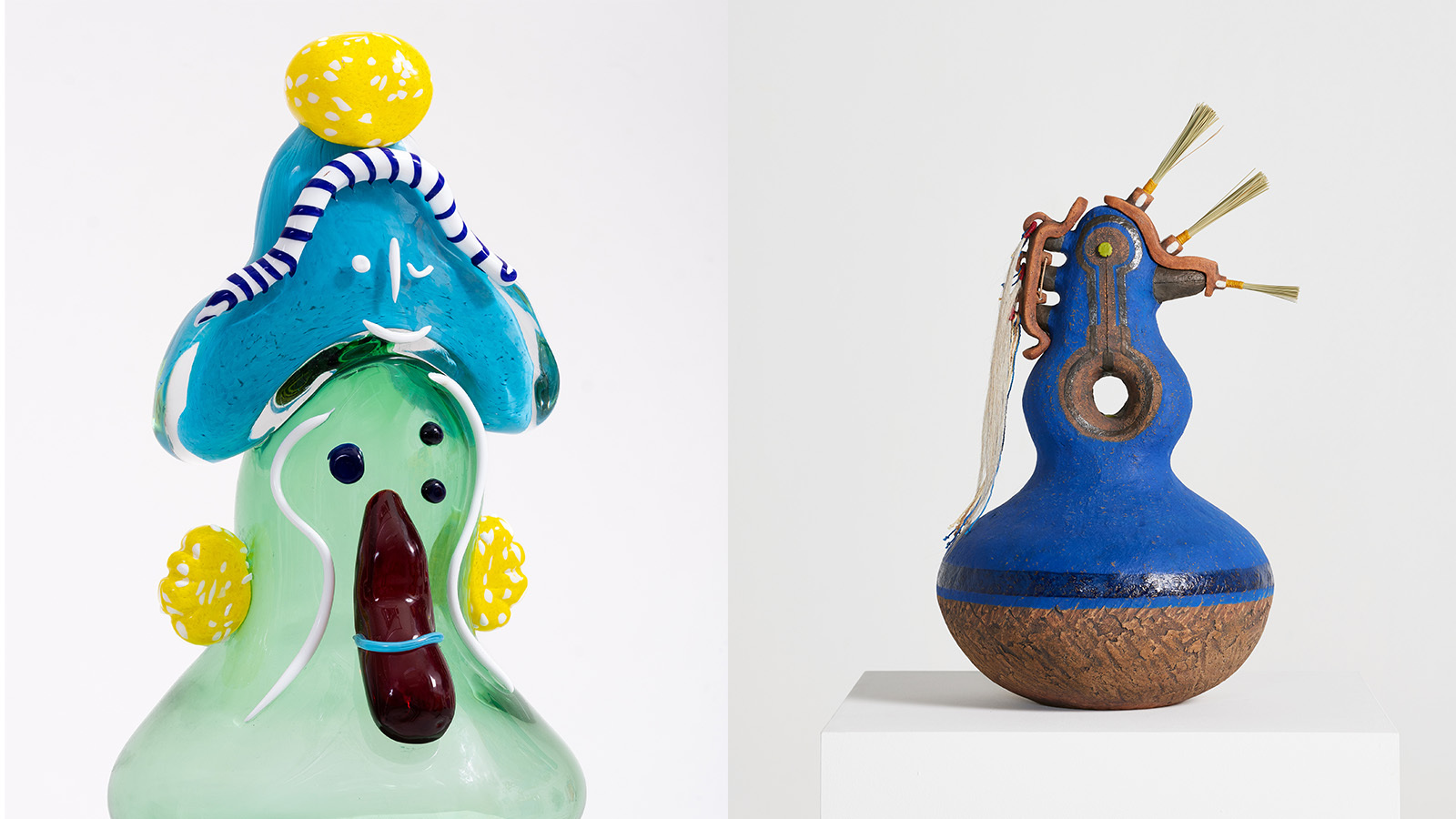 Design Miami 2024 is alive with possibility: here are 14 things to see
Design Miami 2024 is alive with possibility: here are 14 things to seeDesign Miami 2024 opens 4-8 December – let Wallpaper* guide you to the highlights, from dazzling installations to plump sofas and anthropomorphic sculptures